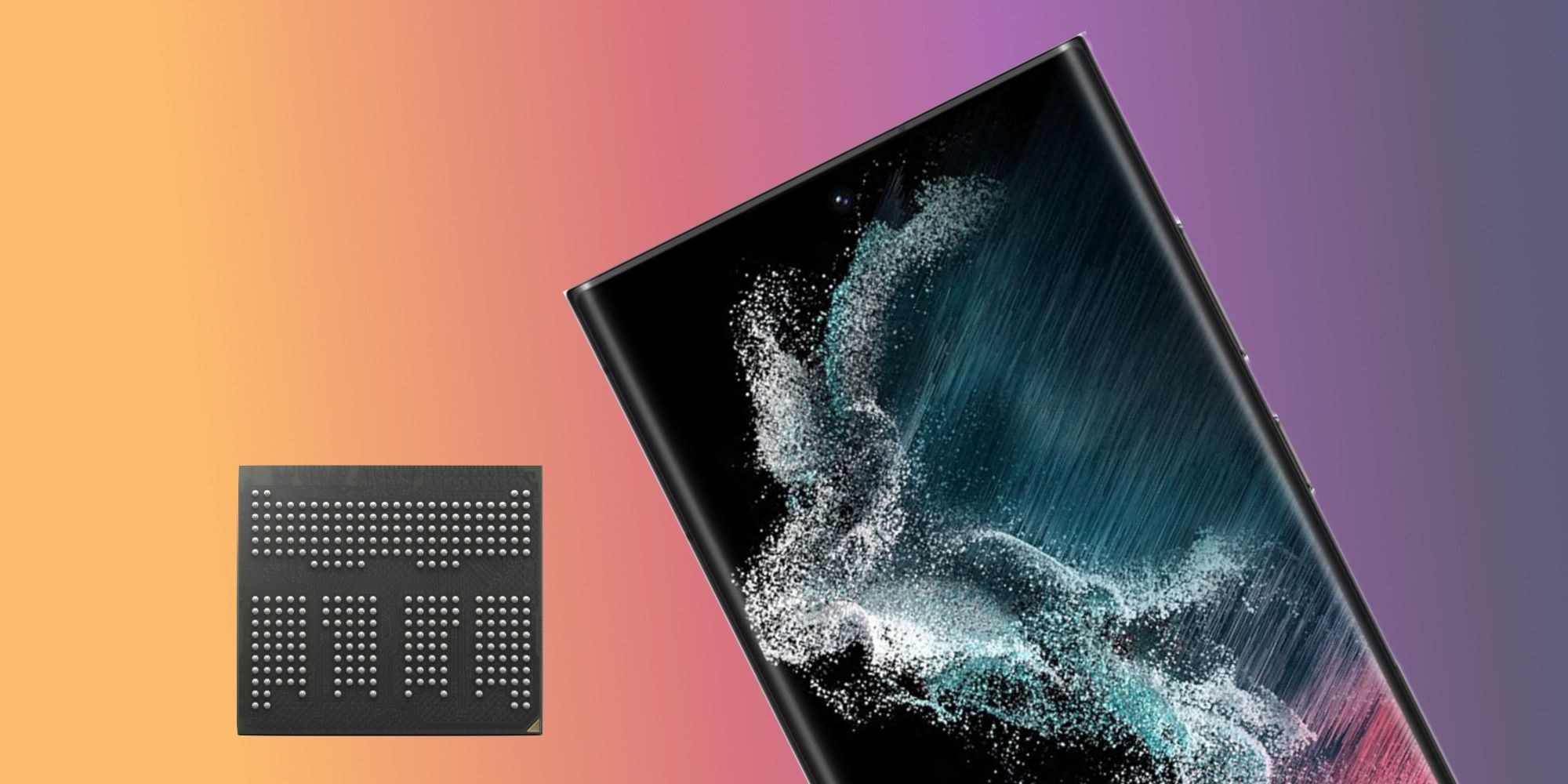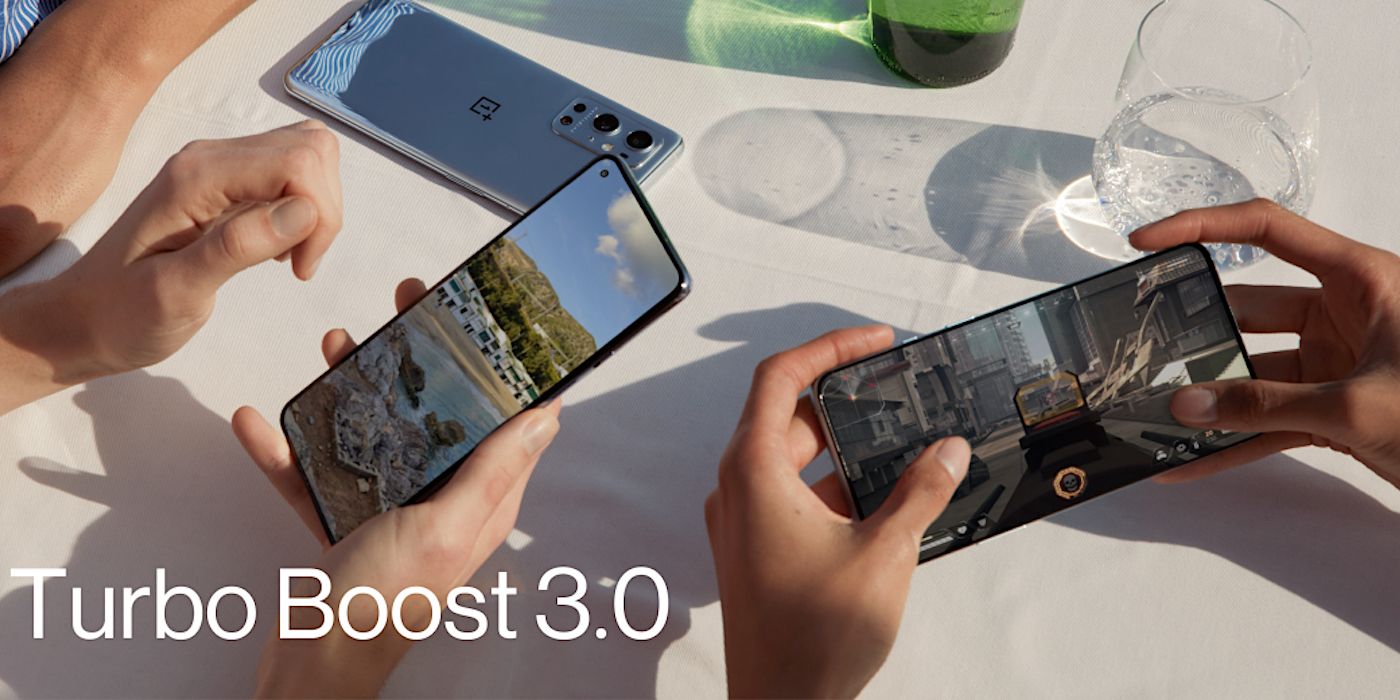The virtual RAM or extended RAM feature on Android devices helps to increase the onboard system memory using a software-based solution. Over the past few years, Android phones have increasingly become more hungry for system memory or RAM. A decade ago, Android smartphones could function with just 512MB of RAM. However, those were much simpler devices compared to the pocket powerhouses people use today.
In 2022, most mid-range Android devices have an 8GB memory option. Android flagships on the other hand, come with specs that could put many PCs to shame. For example, Samsung’s latest flagship, the Galaxy S22 Ultra, comes with 12GB RAM and up to 1TB of storage. Other Android smartphones are not far behind, with the OnePlus 1o Pro also offering up to 12GB of RAM. Android devices require more memory compared to Apple's iPhones, with the top-end iPhone 13 Pro Max equipped with just 6GB of RAM.
With an ever-increasing requirement for system memory, Android smartphone makers have started introducing a nifty feature called virtual RAM on their devices. It works by converting some of the internal storage space to function as extra memory. For example, if a device has 6GB RAM and 128GB storage, the feature might use around 6GB of space and add it to the system memory. Vivo was the first Android smartphone manufacturer to introduce the now popular virtual RAM feature on its smartphones.
How To Enable Virtual RAM And Its Benefits
Different Android smartphones like Samsung Galaxy S22 Ultra, OnePlus 10 Pro, and others that support the virtual RAM feature do not have one specific way to enable it. However, the process to activate virtual RAM is fairly similar on most of them. The user needs to go into the settings and search for either the virtual RAM or extended RAM option. From inside the sub-menu, users can activate or deactivate the feature. The smartphone requires a restart when the feature is turned on or off. The device must also have enough empty storage space to convert it into RAM.
RAM is mainly used to launch and switch between applications. Primarily, an app is made up of codes and data. In order to launch, the app needs to load into the memory and it does so by going into a specific memory address. However, when a large number of apps are open, smartphones begin closing background programs to conserve memory. It is an issue that virtual RAM solves by increasing the system memory thus allowing more apps to remain open in the background. Likewise, more RAM also makes these apps run smoother and makes switching between them faster.
Many smartphone manufacturers offer virtual RAM under different names. OPPO calls this feature Memory Expansion Technology, while Samsung calls it RAM Plus. Realme labels the feature Dynamic RAM Expansion. Lastly, OnePlus devices offer the feature in the form of Turbo Boost 3.0, in addition to RAM Boost, which is another method of optimizing memory usage on older devices. Regardless of their different names, the virtual RAM feature works in a similar manner on all eligible smartphones. One notable disadvantage of using storage memory as RAM is an increase in the read/write cycle which could potentially harm the permanent storage. However, smartphone manufacturers are aware of this potential issue and have modified the code on their Android devices to accommodate these changes.
Source: Vivo, OnePlus Forums


